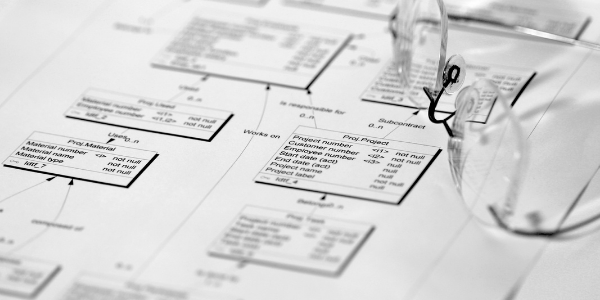M_SSING Context
Have you ever had a conversation where the context was missing? Have you considered going the extra mile so that everyone has the same viewpoint?
Let us look at the scenario below:
*Person A and B are looking for the same flour brand at a grocery store.
At a grocery store:
Person A: Hello! Would you know in which aisle can I find ABC brand flour?
Store employee: I am sorry, we are out of that brand.
Person A: Thank you!
*END OF CONVERSATION 1*
At a grocery store:
Person B: Hello! Would you know in which aisle can I find ABC brand flour?
Store employee: I am sorry, we are out of that brand.
Person B: Thank you! Would you know if there are other brands of flour? I need the flour for a craft project.
Store employee: Aisle 15 is where you can find all the brands of flour. Any brand would work since you need it for a craft activity. If you would like, feel free to check aisle 20 for craft supplies.
Person B: Thank you so much!
*END OF CONVERSATION 2*
One requirement yet different experience. For a fruitful conversation, all the participants must have the same understanding. The team must work based on the same set of assumptions. How can you ensure the team is on the same page? Start by asking questions. It is second nature for a business analyst (BA) to ask questions. Asking questions merely to extract information does NOT help uncover the detailed requirements. As a result, lack of details could often lead to misinterpretation and miscommunication.
Here are a few ideas that can get everyone on the same page and their benefits:
1. Provide a brief background about why you are asking the questions.
E.g., Instead of asking the stakeholder what is the current billing process? You can ask, “I would like to understand how is billing done? What are the pain points? What are the components of the process that would need to stay in the new application? Comprehending the as-is state will help understand the gaps and offer solutions.
2. A Business analyst (BA) can ask contextual questions to stakeholders. Stakeholders must reveal details without holding information.
Tip: Share these questions ahead of a conversation with a stakeholder. The stakeholders can organize their thoughts and come up with a list of questions if needed.
Bonus: A BA can offer alternative solutions if they have the same background as the stakeholders.
3. Providing context paves the way for sharing real-world examples by stakeholders. These use cases aid, everyone, on the team in visualizing the user’s world. Based on the second conversation above, it is evident that there are more use cases to flour than cooking.
4. Let us change gears from the stakeholders and talk about the team. When team members have the same context, they can ask questions amongst themselves to strengthen their understanding.
Conclusion:
Next time around, be it any conversation, make a conscious attempt to explain why you need what you need? That helps the other person understand your perspective and intent. After all, one term can have multiple meanings depending on the context used. The context can change the entire landscape of the conversation.
“For me, context is the key – from that comes the understanding of everything.” – Kenneth Noland.




